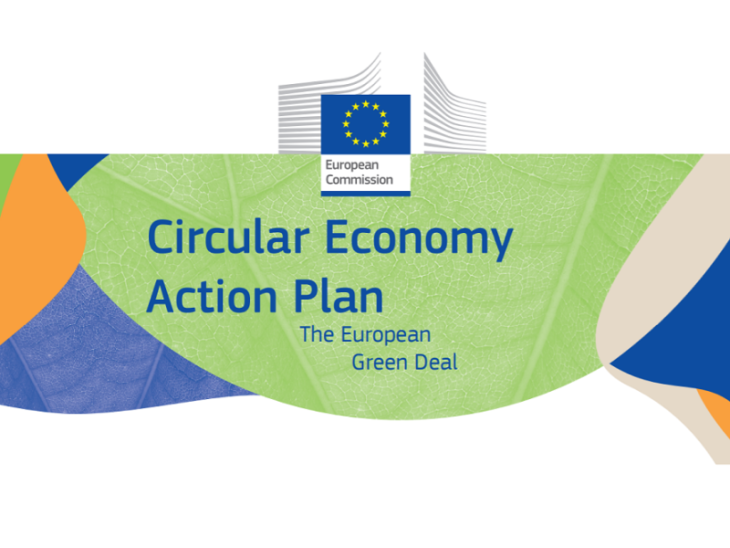Made to Last: take a look at the recently published Circular Economy package
We must make sustainable products the norm.
We must boost circular business models.
We must empower consumers for the green transition.
These are the propositions lying at the heart of the European Commission’s exciting and recently published Circular Economy package.
The package, which, naturally, has important environmental dimensions, is also designed to benefit our economy. A sustainable economy must also be economically viable for the people of Europe and the world to flourish. These things are not mutually exclusive but, in fact, interdependent.
So how do we achieve these goals?
The package focuses upon the importance of improving the Single Market and strengthens the business case for the green and digital transitions in industry and SMEs while also highlighting the need and path towards resource independence.
The package acknowledges that we must improve products design, taking into account their whole life cycle, so that they are more durable, pollute less, and save costs and energy. This final point, concerning saving energy and materials, is essential for achieving resource independence.
A new strategy has also been proposed concerning textiles. In Europe, after food, housing and mobility, the textiles industry has the fourth largest impact upon the climate and environment. And yet a large proportion of textiles are not made to last. This is why the package proposes to end textile waste by 2030 by making textiles more durable, repairable, reusable and recyclable.
The third proposal is focused on boosting the internal market for construction products and ensuring that the regulatory framework facilitates delivery of our sustainability and climate objectives. Buildings are responsible for around 50% of resource extraction and consumption and more than 30% of the EU's total waste generated per year. That is why the revision of the Construction Products Regulation creates harmonised standards that allow us to assess and communicate the environmental and climate performance of construction products.
Finally, the package includes a proposal on new rules to empower consumers in the green transition, so that consumers are better informed about the environmental sustainability of products and banning practices such as greenwashing and planned obsolescence.
The package is replete with profoundly important information that sketches out the future of Europe, a future that begins now.
Read more:
- Overall package and full set of documents: Press release
- Construction Products Regulation: Proposal on the revision of the Construction Product Regulation, Factsheet on Construction materials , Questions and Answers on Construction materials
- Regulation on Ecodesign for Sustainable Products: Chapeau communication on sustainable products , Proposal for Ecodesign for Sustainable Products Regulation , Factsheet on Sustainable products initiative , Questions and Answers on Sustainable products initiative
- Strategy for Sustainable and Circular Textiles: Textiles Strategy documents , Questions and Answers on Textiles Strategy , Factsheet on Textiles Strategy
